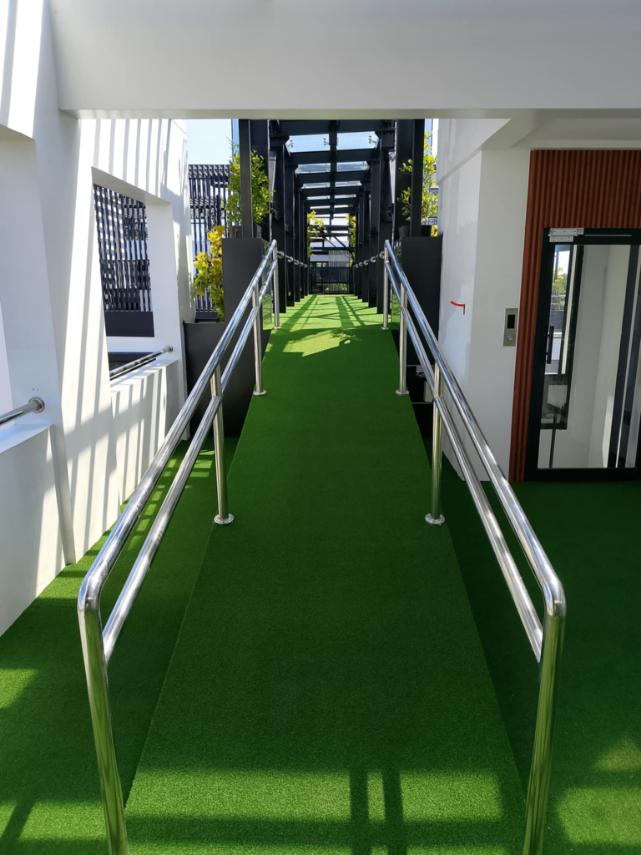
Artificial Grass Solution Provider in Taguig: Safe, Eco-Friendly, and Beautiful Turf Solutions
Creating a green, inviting environment in a bustling city like
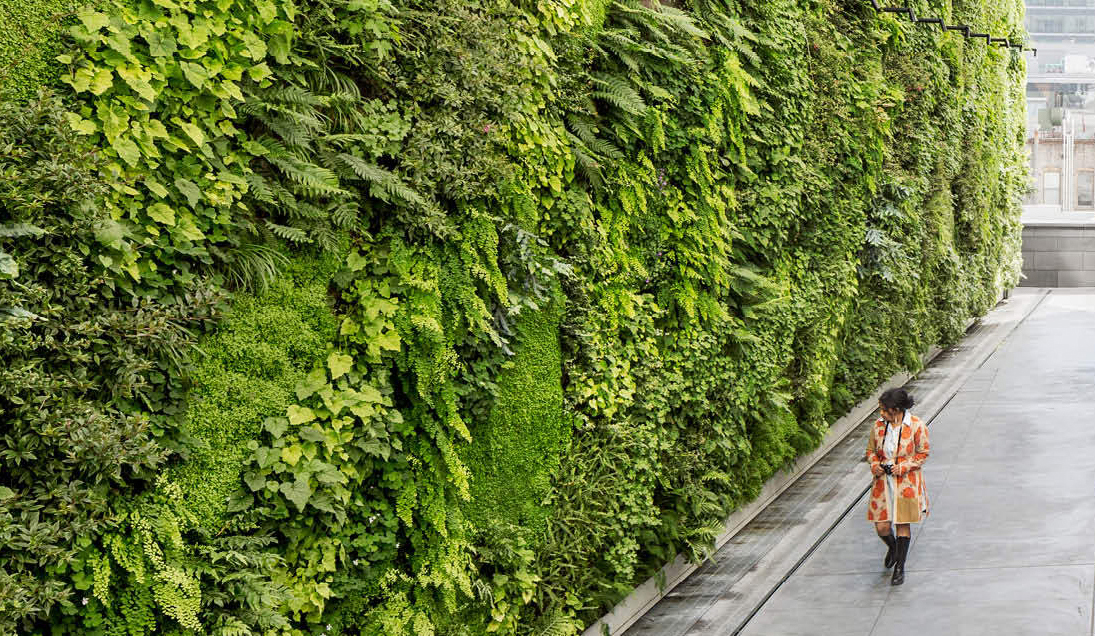
A vertical green wall system is an innovative way to bring nature into spaces where traditional gardening isn’t feasible. Unlike conventional gardens that require ground space, vertical green walls utilize vertical surfaces, transforming blank walls into lush, living landscapes. These systems come in different types, including modular panels, hydroponic setups, and felt-based structures, each offering unique advantages depending on the environment and purpose. The key components of a vertical green wall system include a sturdy framework, irrigation system, planting medium, and carefully selected plants. Installing these systems allows spaces to benefit from greenery without occupying valuable floor area. Both indoor and outdoor vertical green walls can dramatically enhance aesthetics while contributing to healthier living environments. As urban areas become more congested, these systems provide an essential solution for incorporating greenery into limited spaces.
Vertical green walls offer multiple benefits that make them increasingly popular in homes, offices, and commercial buildings. Environmentally, they help improve air quality by filtering pollutants and producing oxygen, while also regulating temperatures by reducing heat absorption on exterior walls. These systems can act as sound barriers, minimizing noise in urban areas, making them ideal for city apartments and offices. Aesthetic improvements are also significant; they transform dull walls into vibrant, natural focal points that can complement interior design or exterior architecture. Health benefits include enhanced mental well-being, as exposure to greenery is known to reduce stress levels and improve mood. Economic advantages are present too, from potential energy savings due to temperature regulation to increased property value. The combination of functional and visual benefits makes vertical green walls a worthwhile investment for anyone looking to improve space quality sustainably.
Selecting the right plants is crucial for the success of a vertical green wall system. Plants should be chosen based on sunlight availability, humidity levels, and maintenance needs. For indoor systems, low-light-tolerant plants such as ferns, pothos, and spider plants work well, while outdoor systems can accommodate sun-loving species like succulents and flowering vines. Maintenance needs vary; low-maintenance plants reduce the time and effort required for care, while decorative or exotic plants might need more attention. It’s also important to consider growth patterns and root systems to ensure the plants thrive in vertical conditions. Choosing a mix of greenery and color variations can create a more dynamic and visually appealing wall. Consulting a horticulturist or professional installer can help optimize plant selection for both aesthetic appeal and long-term sustainability.
Careful planning is essential when designing a vertical green wall system. The first step is assessing the available space and evaluating the structural support to ensure it can handle the weight of the system, soil, and water. A well-planned design balances aesthetics with functionality, incorporating lighting, irrigation, and drainage needs. Design choices include whether to use pre-planted panels or a fully custom setup, with each option offering different flexibility and visual outcomes. Color schemes, textures, and plant arrangements can significantly influence the visual impact of the wall. It’s also necessary to plan for easy maintenance access to avoid long-term difficulties. Combining engineering, horticulture, and interior or exterior design expertise can result in a green wall that is both beautiful and functional. This planning phase is critical to ensuring longevity and preventing common installation issues.
Installing a vertical green wall system requires attention to detail and careful coordination. The process begins with preparing the wall surface and securing the framework to provide stable support. Modular panels or planting pockets are then mounted onto the framework, followed by connecting the irrigation system to ensure consistent water delivery. Proper drainage must be established to prevent waterlogging and root rot, which are common challenges in vertical systems. Once plants are added, it’s essential to check their placement for sunlight exposure and air circulation. During installation, avoiding mistakes such as improper anchoring or incorrect plant selection can prevent costly problems in the future. Professional installation is often recommended for larger or complex systems, though smaller DIY setups can be successfully implemented with careful planning and proper guidance.
Maintenance is crucial for ensuring that a vertical green wall system remains healthy and visually appealing over time. Regular watering and pruning are necessary to prevent overgrowth and maintain plant vitality. Fertilization schedules should be tailored to the specific plant species in the system. Pest management is important, as vertical systems can be prone to infestations if not monitored regularly. Addressing issues such as plant die-off, irrigation failures, or algae growth promptly ensures the wall continues to thrive. Seasonal adjustments, such as altering watering frequency or providing additional light, may be required depending on environmental conditions. A well-maintained vertical green wall not only improves the space visually but also maximizes its environmental benefits. Monitoring and care create a sustainable living feature that can last for years with minimal issues.
Vertical green walls contribute significantly to urban sustainability. They reduce heat absorption on building exteriors, thereby lowering energy consumption for cooling systems. Green walls also filter airborne pollutants, helping to improve air quality in congested areas. Using recycled or eco-friendly materials for the framework and irrigation system enhances the sustainability of the installation. Water-efficient irrigation methods, such as drip systems, reduce water usage while keeping plants healthy. Over time, the environmental impact of vertical green walls is notable, making them a responsible choice for eco-conscious property owners. Integrating vertical green walls into urban spaces aligns with global trends toward greener, healthier cities. Sustainability is not only an environmental benefit but also a long-term cost-saving measure.
The cost of a vertical green wall system depends on multiple factors, including size, plant selection, and type of system used. Hydroponic systems may have higher upfront costs due to the need for pumps and nutrient solutions, while modular panel systems can be more affordable and easier to install. Choosing between professional installation and DIY setups also affects the overall budget. While initial expenses can be significant, long-term benefits such as energy savings, increased property value, and reduced environmental impact often outweigh the costs. Maintenance costs should also be considered, as regular watering, fertilizing, and plant replacement may be necessary. Budgeting carefully ensures the project meets both aesthetic goals and financial expectations. Cost-effective planning allows more people to experience the benefits of vertical greenery without overspending.
How long does it take for a vertical green wall to grow fully?
Growth rates depend on plant species, sunlight, and maintenance practices. Most systems begin to look lush within three to six months, but full maturity may take a year.
Can vertical green walls be installed in low-light areas?
Yes, indoor walls with low light can use shade-tolerant plants such as ferns, philodendrons, and pothos. Supplemental grow lights can also help.
How often should the system be watered and maintained?
Watering frequency varies based on plant types and system design. Many systems use automated drip irrigation for consistent care, while manual watering may be needed weekly for smaller setups.
Are vertical green walls suitable for small apartments?
Absolutely. Compact vertical systems or panel-based installations can fit limited spaces while adding greenery and improving air quality.
What is the typical lifespan and durability of a vertical green wall system?
With proper maintenance, vertical green walls can last 5–10 years or longer. Structural materials and plant health influence longevity, so choosing quality components is essential.
A vertical green wall system is more than just a decorative feature; it’s a functional, sustainable solution that enhances aesthetics, air quality, and energy efficiency. From planning and installation to maintenance, every step ensures that the wall remains healthy and visually striking. With careful plant selection and proper care, vertical green walls can transform any space, making urban living greener, healthier, and more enjoyable. Investing in a vertical green wall system is an investment in the long-term beauty and sustainability of your environment. Whether for residential, commercial, or public spaces, these living walls create an immediate visual impact while promoting well-being and eco-friendly practices.

Creating a green, inviting environment in a bustling city like
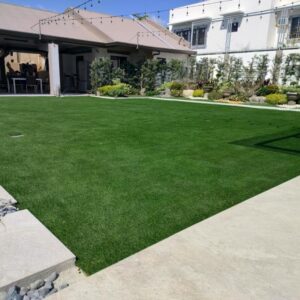
Maintaining a lush, green lawn in San Juan can be
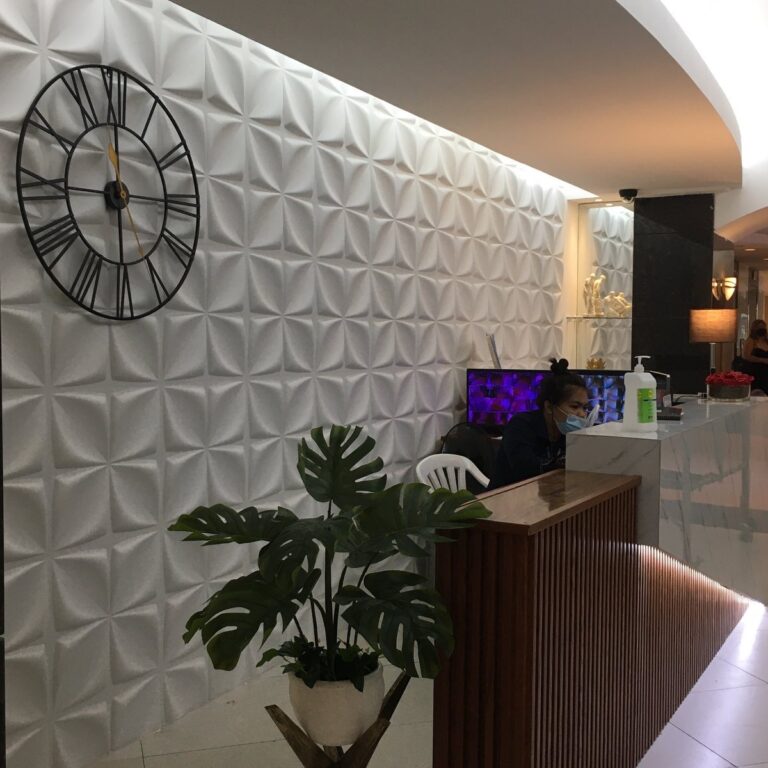
Walls are more than structural elements; they set the tone
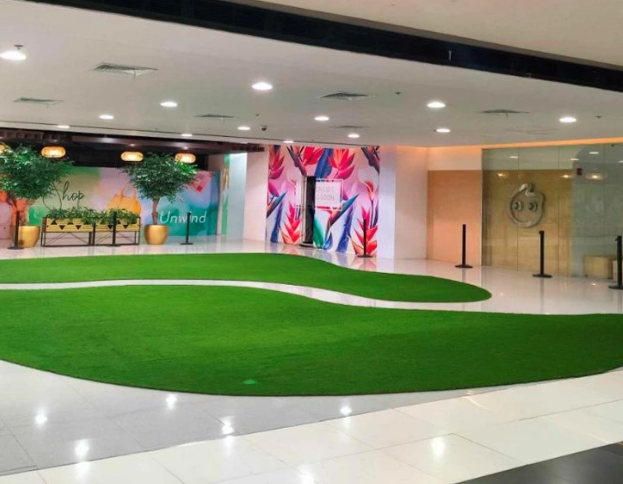
Urban living in Pasay presents unique challenges for landscaping. Limited
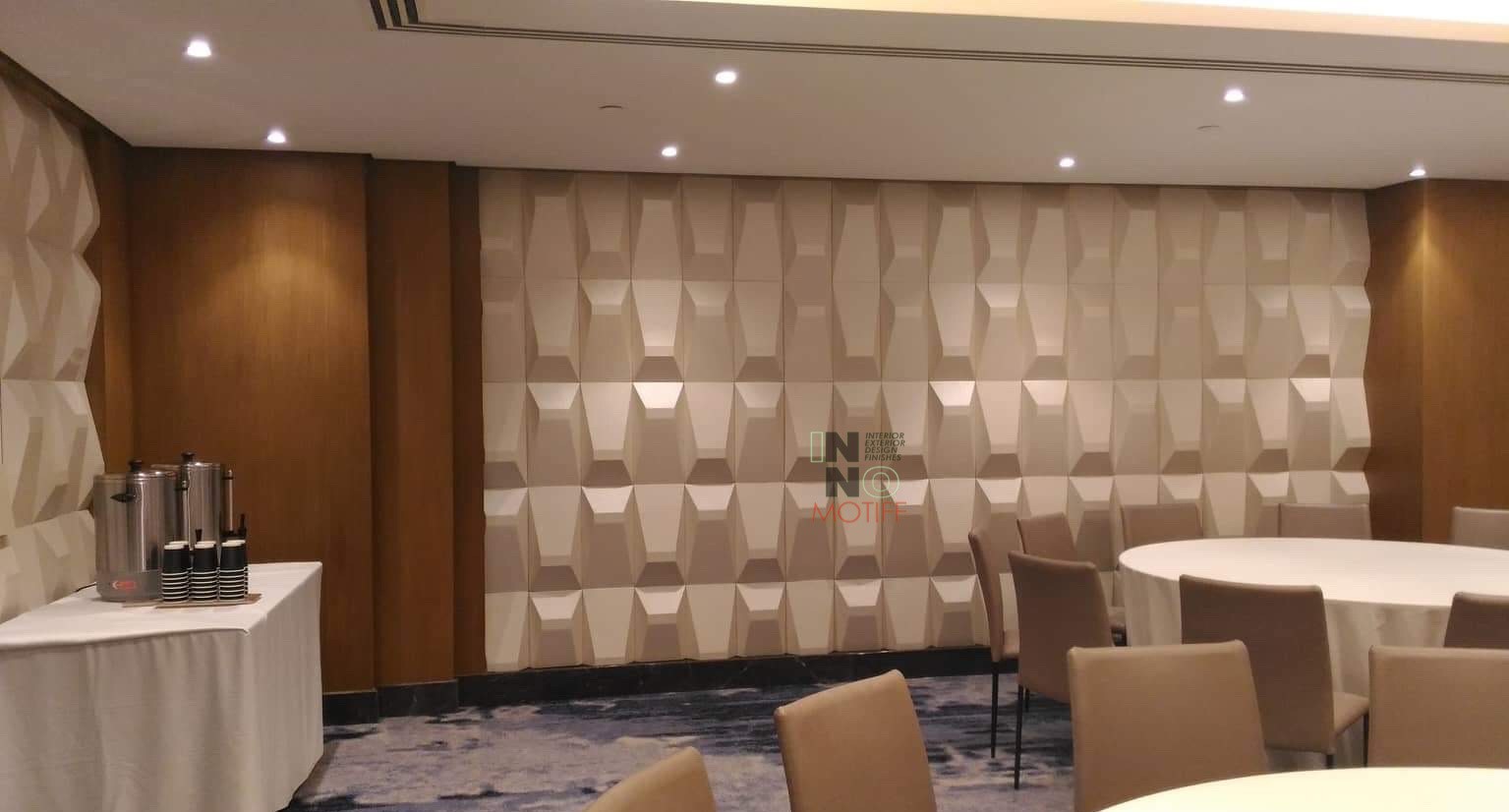
Modern interior design emphasizes creativity, functionality, and a sense of
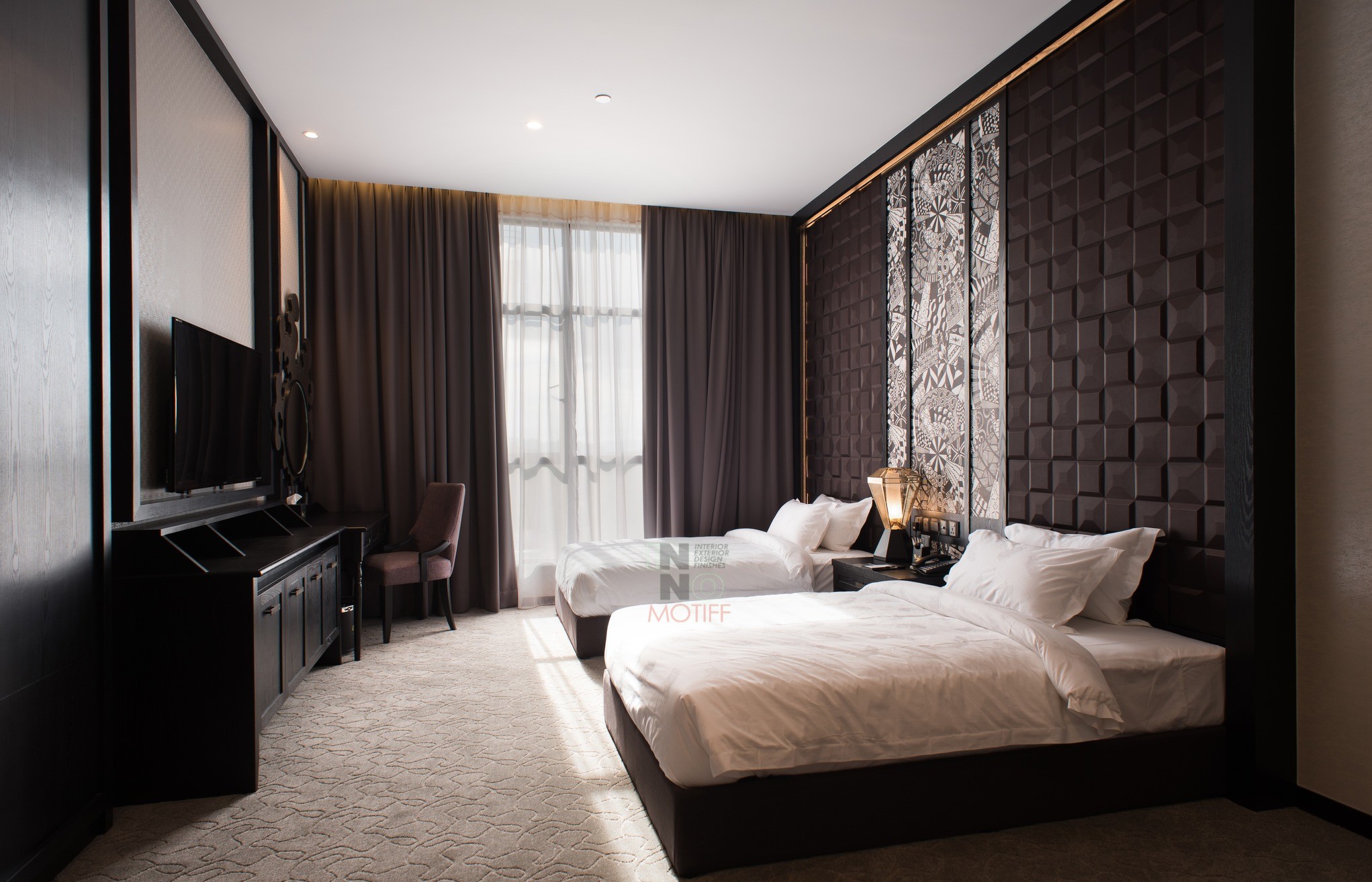
Modern interior design trends in Mandaluyong emphasize creativity, texture, and
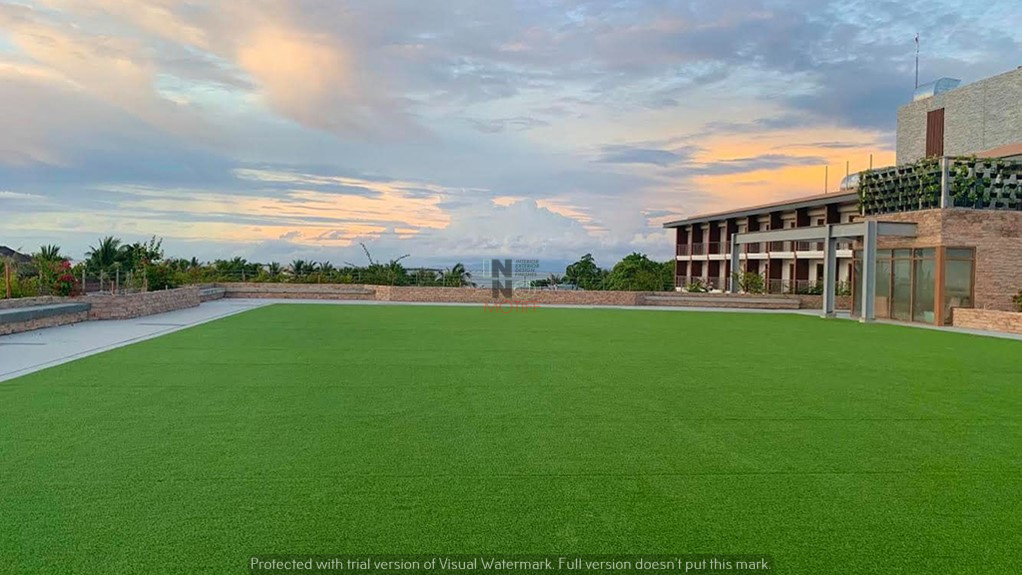
Maintaining a lush and vibrant lawn in Navotas can be
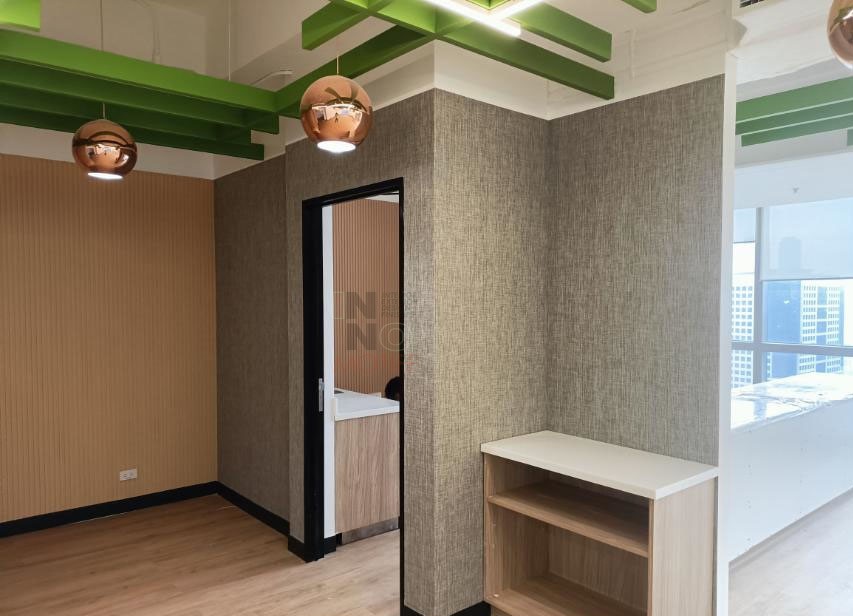
Yarn woven covers are becoming a preferred choice for homeowners,

Finding a reliable artificial plant supplier near me can make
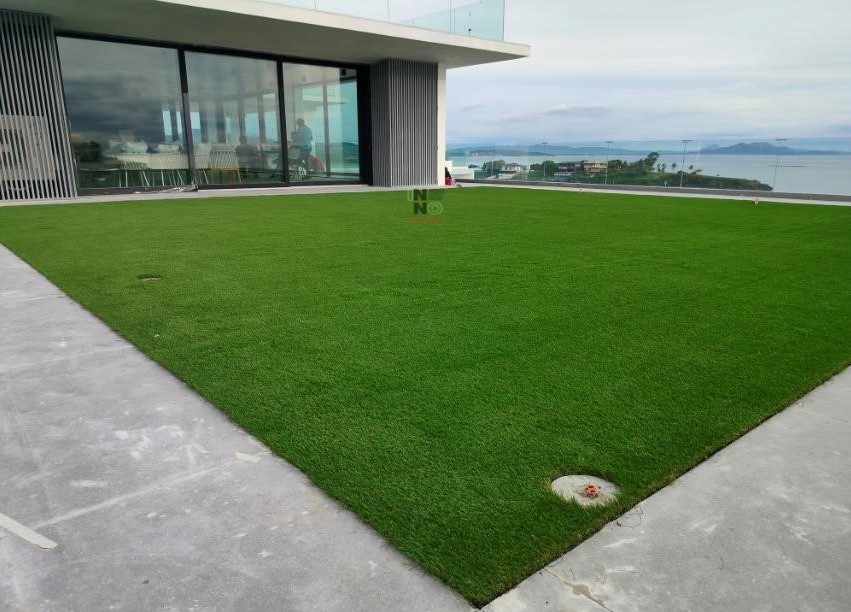
Maintaining a beautiful green lawn in the Philippines can be